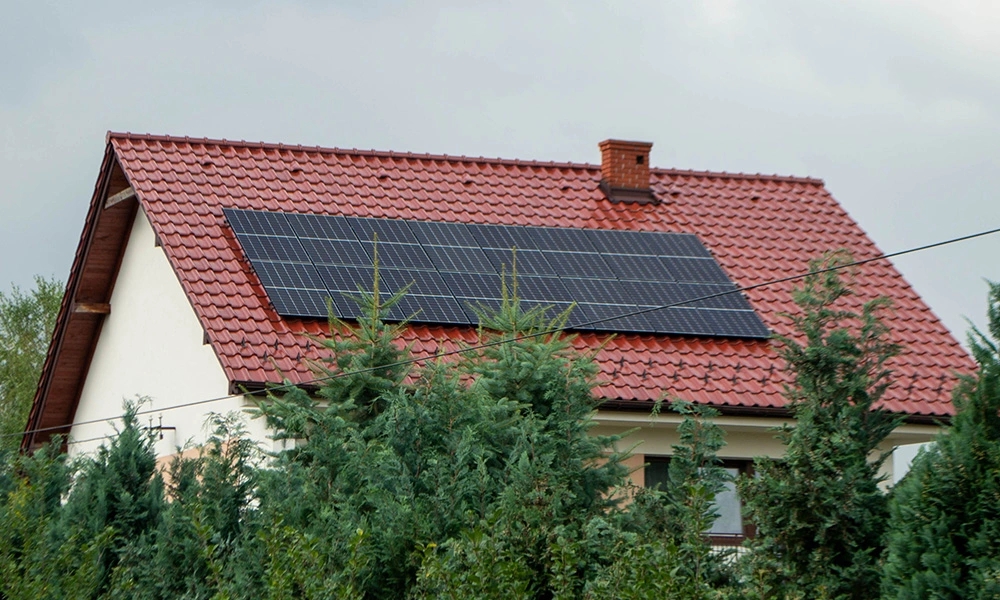- All
- Product Management
- News And Information
- Presentation
- Enterprise Branch
- FAQ
- Enterprise Video
- Enterprise Atlas
How do microinverters perform under extreme weather conditions
Release time:
2024-05-21 00:00

High Temperatures: Microinverters are typically installed outdoors, directly exposed to the sun, and therefore must withstand high temperatures. Excessive heat can lead to reduced efficiency or the activation of overheating protection mechanisms, temporarily halting operation to prevent damage.
Low Temperatures: In cold conditions, microinverters also need to maintain performance. Low temperatures may affect the efficiency of electronic components, but modern inverter designs consider this, and they usually operate well within a wide temperature range.
Humidity and Rain: Microinverters are designed with waterproof and moisture-resistant enclosures, allowing them to operate in humid environments without being affected. A well-sealed enclosure prevents water ingress and avoids short-circuiting of internal circuits.
Wind and Storms: Strong winds and storms can physically damage the installation. Although inverters themselves are designed to be wind-resistant, the mounting brackets and wiring need to be robust enough to withstand mechanical stress caused by wind.
Dust and Pollution: In dusty or polluted environments, the cooling effectiveness of microinverters might be compromised, leading to reduced efficiency. Regular cleaning of the inverters can help maintain their optimal operating condition.
In summary, microinverters are generally designed to handle various extreme weather conditions to ensure stable operation in different environments. However, the weather resistance of inverters can vary between brands and models, so it's important to check the specific environmental adaptability and protection ratings when purchasing.
News












